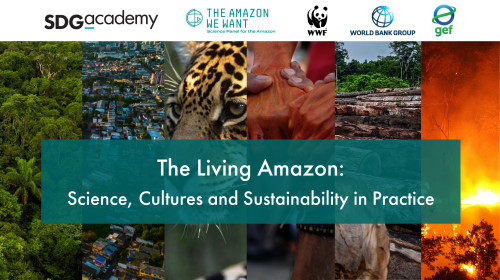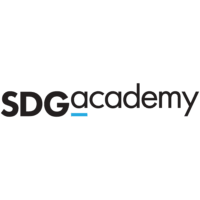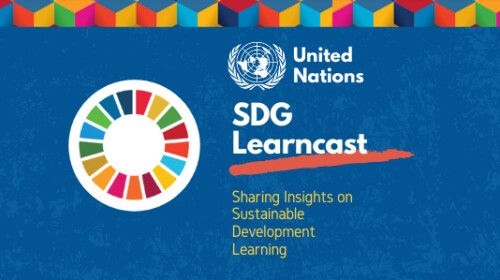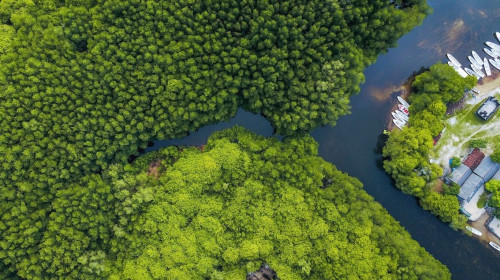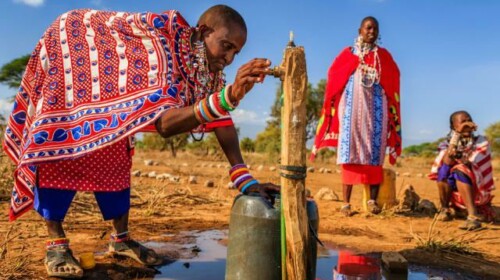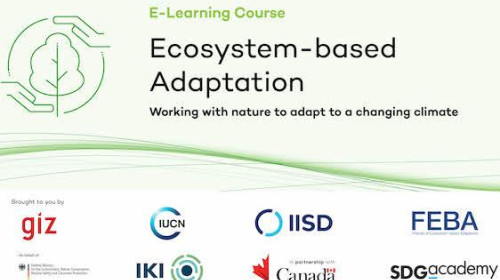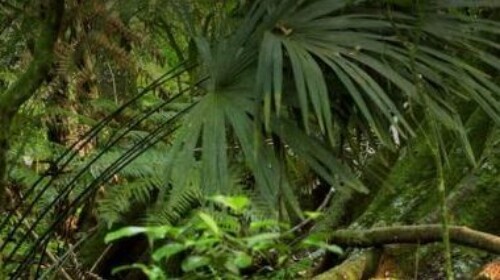The Amazon is the world’s largest rainforest and river system, vital to the planet’s climate stability and home to irreplaceable biodiversity. It provides critical ecosystem services to the entire globe and the eight sovereign countries and one overseas territory that directly encompass it. The Amazon is home to 47 million people, including more than two million Indigenous people, with their own cultural identities, territorial management practices, and 300 languages. Yet, the Amazon is facing historically unprecedented challenges. Deforestation, degradation, fragmentation, and criminality are on the rise in the region, putting the Amazon in danger of crossing a tipping point beyond which today’s forests can no longer exist.
This course, offered in English, Spanish, and Portuguese, provides an overview of the state of the Amazon’s ecosystems, current trends, threats and impacts, and how they will affect the long-term well-being of the region. After learning about what is putting the ecosystems and communities of the Amazon in danger, learners will explore key opportunities for conservation and sustainable development to protect the region for current and future generations.
Taught by renowned experts, the course spans various disciplines, with themes ranging across international development, agriculture and global commodity chains, fisheries, climate science and action, geology, anthropology, biodiversity, community engagement, and human rights. This course is for practitioners and professionals from all sectors, who may or may not be familiar with the Amazon, including those working in government, undergraduate and graduate students, civil society, academia, the private sector, and international agencies.
This MOOC is the product of a collaboration between the Science Panel for the Amazon (SPA), the World Wildlife Fund, and The World Bank, with financial support from the Global Environment Facility. It builds on the flagship 2021 Amazon Assessment Report produced by the Science Panel for the Amazon and launched at COP26 in Glasgow, and on several other SPA publications.
Target Audience
Parents, teachers & students interested in conserving the world’s largest tropical forest to promote sustainable livelihoods.
Climate change activists who want a concise overview of the current science and emerging solutions.
Policy-makers and government officials passionate about developing and implementing solutions to promote a sustainable bioeconomy.
Learning Objectives
- Describe how the Amazon was formed and why it is home to such a rich diversity of plants, animals, and cultures.
- Understand the role the Amazon plays in the world's hydroclimate system and what it would mean for humanity to lose a significant portion of the forest.
- Describe how Amazonian populations have influenced and sustainably managed the Amazon’s ecosystems over millennia.
- List the main threats the Amazon currently faces and drivers of deforestation and land degradation.
- Identify sustainable alternatives for development in the Amazon.
- Be inspired to implement sustainable alternatives for development in the Amazon.

